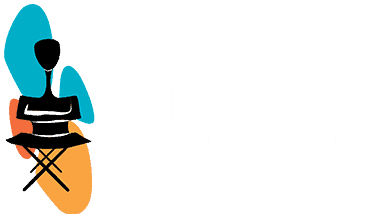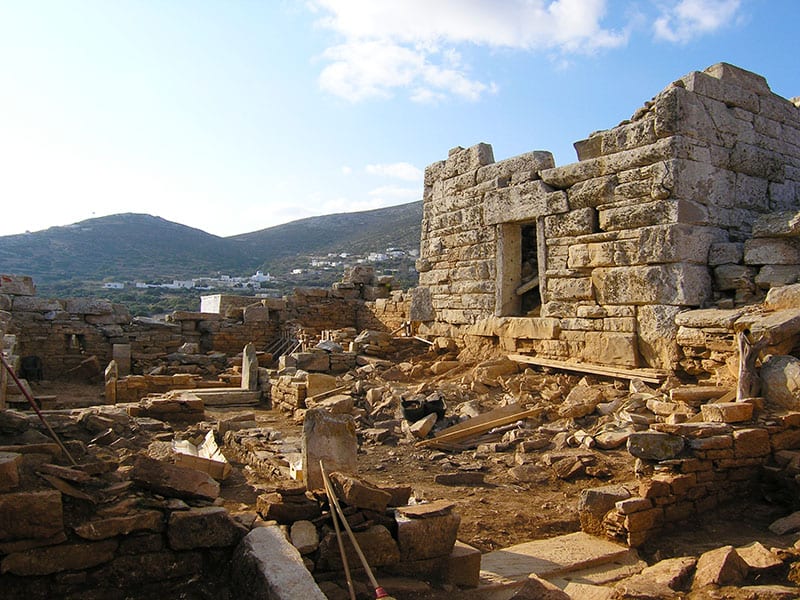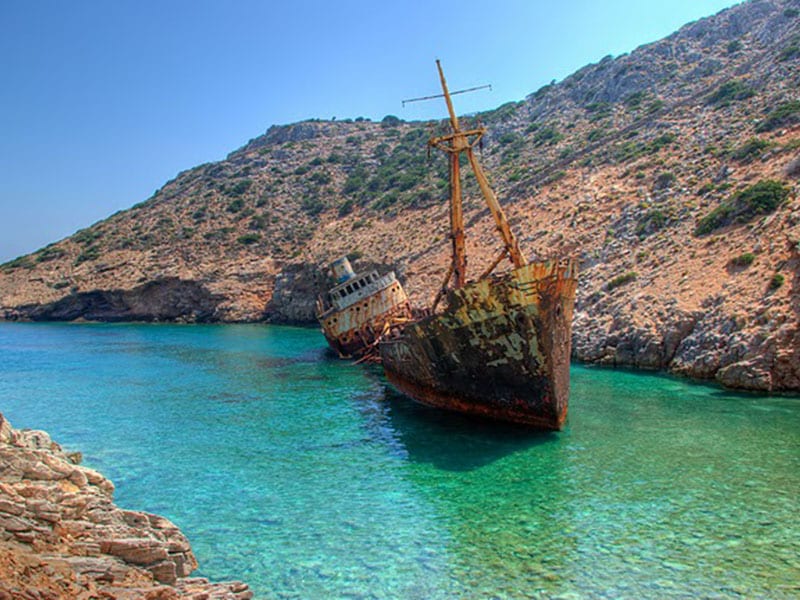Amorgos
Amorgos is the island at the south-eastern edge of the Cyclades group and is a natural link in the chain of communication between the Cyclades and the Dodecanese. The island is long and narrow (33km in length and between 3 to 9.5 km in width) with a perimeter of about 112 sq. km and has a population of 1860 inhabitant. The landscape is rough and mountainous especially in the north, in Aegiali, where the highest mountain stands (Krikellos, 821m), and in the center of the island(with Profitis Ilias, 698m). Fertile valleys lie between the mountain ranges.
On the one hand the wild beauty of the mountains and on the other the green valleys , give the island a unique beauty .
The beaches of Amorgos are known for their cleanliness but not only. Their natural beauty combined with the endless blue of the Aegean sea, the hot sand and the rugged rocks create the perfect setting to escape from the routine of everyday life. One of the characteristic of the isloand is that it has two natural bay and port. The largest bay is at Katapola, an historical safe sea-refuge exposed only to the west winds. Aegiali’s bay in the north is wide and open. With the exception of some small harbours, the greatest part of the Amorgos coast-line is inhospitable and without harbours. Because of its geographical position – in front of many important Ionic cities (Ephesus, Bodrum, Miletus), Amorgos one of the first island Ionic tribes crossed in the Cyclades. Ruins of three ancient cities, Arsekini, Minoa, and Aegiali reveal important aspects of the evolution of the island. Amorgos, as all Cyclades, experienced pirate raids but also Venetians and Turkish occupation. However, the inhabitants of the island maintained their identity, customs and culture. The history of the place and its influences are reflected in the architecture of the villages but also in the way of life of the local. Amorgos is: natural beauty , historical & archaeological sites, religious byzantine monuments, entertainment, hiking trails….
———————————————————————————————————————————————————————————————-





